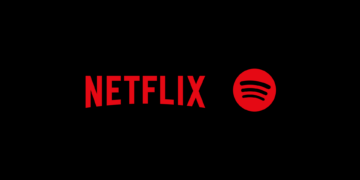
In a landmark deal, Disney has agreed to pay $1.6 billion for the rights to World Wrestling Entertainment (WWE). This acquisition represents a significant expansion of Disney’s portfolio, merging the exhilarating world of professional wrestling with its vast entertainment empire. This article explores the motivations behind this strategic move and its potential impacts on both Disney and WWE.
Disney’s decision to acquire WWE’s rights for $1.6 billion can be understood as a strategic move woven into their broader acquisition strategy aimed at consolidating and enhancing their streaming content. Over the past few years, Disney has emphasized the importance of robust content libraries to attract a diverse audience. By integrating WWE’s extensive library and ongoing programming, they not only secure a popular entity but also broaden their appeal among wrestling fans and younger demographics, which are pivotal for Disney+ and ESPN+.
WWE’s market position as a global leader in sports entertainment presents an invaluable asset to Disney. With millions of loyal viewers, especially within the 18-34 age bracket, WWE’s unique storytelling and high-energy events can perfectly complement Disney’s existing content offerings. This acquisition creates synergies; Disney gains access to live programming, merchandise opportunities, and even potential crossovers with their beloved franchises.
Additionally, it allows Disney to activate synergistic marketing campaigns and innovative collaborations, enhancing brand loyalty. By bringing WWE under its umbrella, Disney not only reinforces its content strategy but also sets the stage for pioneering advancements in sports entertainment that align with their long-term growth objectives.
Disney’s $1.6 billion acquisition of WWE rights signifies a strategic expansion aimed at enhancing its content offerings and attracting a diverse audience. This partnership may open new avenues for growth, enriching Disney’s streaming platforms with wrestling content while solidifying WWE’s brand within the entertainment landscape. The future looks promising for both giants in the industry.







Comments 1